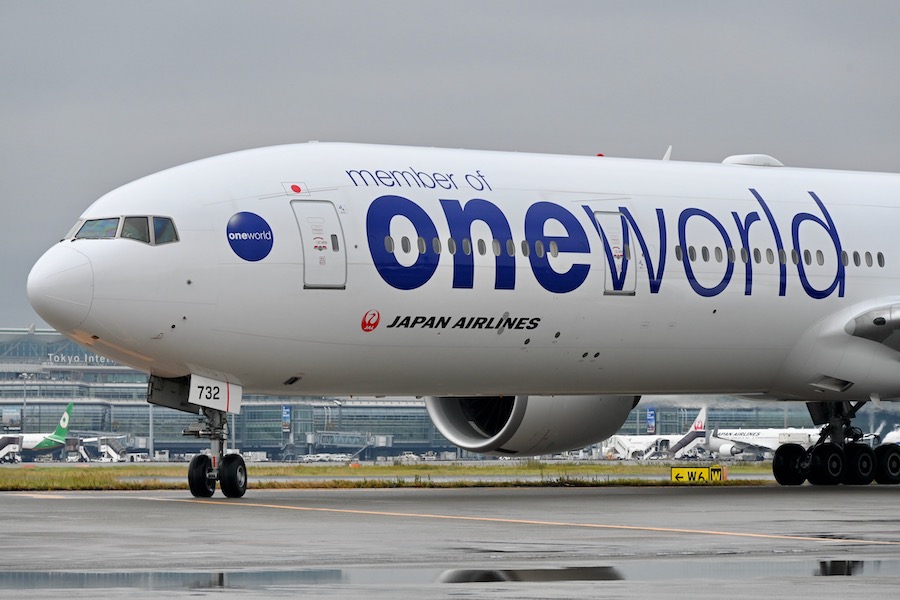
JAL to Retire 4th Boeing 777-300ER; JA732J’s Final Flight JL52 Sydney–Tokyo Haneda on Nov 20
The Japan Meteorological Agency announced at approximately 4:43 PM on August 8th that a magnitude 7.1 earthquake had occurred off the Hyuga-nada sea area, leading to the issuance of a temporary information notice on the Nankai Trough earthquake (Major Earthquake Caution).
As a result, this has impacted transportation. Many readers may be wondering whether it’s advisable to return home during this time. This article, penned by an author knowledgeable in disaster management for specific reasons, provides an in-depth explanation.
Following the occurrence of the magnitude 7.1 earthquake off the Hyuga-nada sea area, a temporary evaluation and review meeting on earthquakes along the Nankai Trough was convened. The relationship between this earthquake and the Nankai Trough earthquake was assessed, finding that the possibility of a major earthquake occurring within the presumed source region of the Nankai Trough earthquake is relatively higher compared to normal times. Consequently, temporary information regarding the Nankai Trough earthquake (Major Earthquake Caution) was issued. The Japan Meteorological Agency is advising to be prepared for a major earthquake for about the next week.
Under Article 36 of the Basic Disaster Management Plan, designated administrative and public institutions, including railway companies, are required to formulate disaster management plans. Responses to the announcement of the Nankai Trough earthquake temporary information (Major Earthquake Caution) are often dictated by these disaster management plans.
In preparation for the Nankai Trough earthquake, areas particularly at risk from earthquake shaking and tsunamis have been designated as “Nankai Trough Earthquake Disaster Mitigation Promotion Areas” and “Nankai Trough Earthquake Tsunami Evacuation Enhancement Special Areas.” Trains operating in these areas are taking precautions against earthquake shaking and tsunamis, such as reducing speed and suspending certain express trains.
JR Tokai has decided to reduce the speed of some sections of the Tokaido Shinkansen, as well as suspend the Sunrise Seto and Izumo express trains and other express trains that mainly operate around the Kii Peninsula, for about a week. Other forms of transportation are also affected.
With the announcement of the Nankai Trough earthquake temporary information (Major Earthquake Caution), the Japan Meteorological Agency has indicated that while the possibility of a major earthquake occurring has relatively increased, it cannot be definitively stated that an earthquake will occur at a specific time. Therefore, the agency advises taking disaster management actions based on information from the government and local authorities.
However, there has been no call to cancel travel or homecoming plans. When using transportation affected by earthquake damage or the temporary Nankai Trough earthquake information (Major Earthquake Caution), it’s important to consider that travel as planned may not be possible, and it may be wise to cancel or reschedule trips accordingly.
Moreover, when setting out on travel or homecoming, it’s vital to always be aware of the possibility of disasters happening, especially paying attention to “Nankai Trough Earthquake Disaster Mitigation Promotion Areas” and “Nankai Trough Earthquake Tsunami Evacuation Enhancement Special Areas,” checking alternative transportation and evacuation sites, and avoiding areas with a high risk of disaster.
Note that if you decide to cancel your travel or homecoming plans, unless there is a specific response from transportation providers due to the impact, fees such as cancellation fees will generally be borne by the individual.